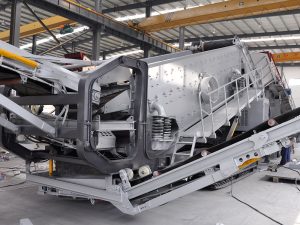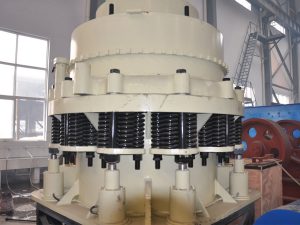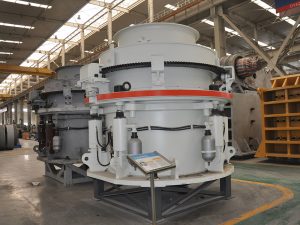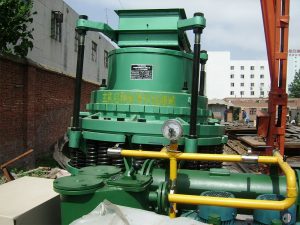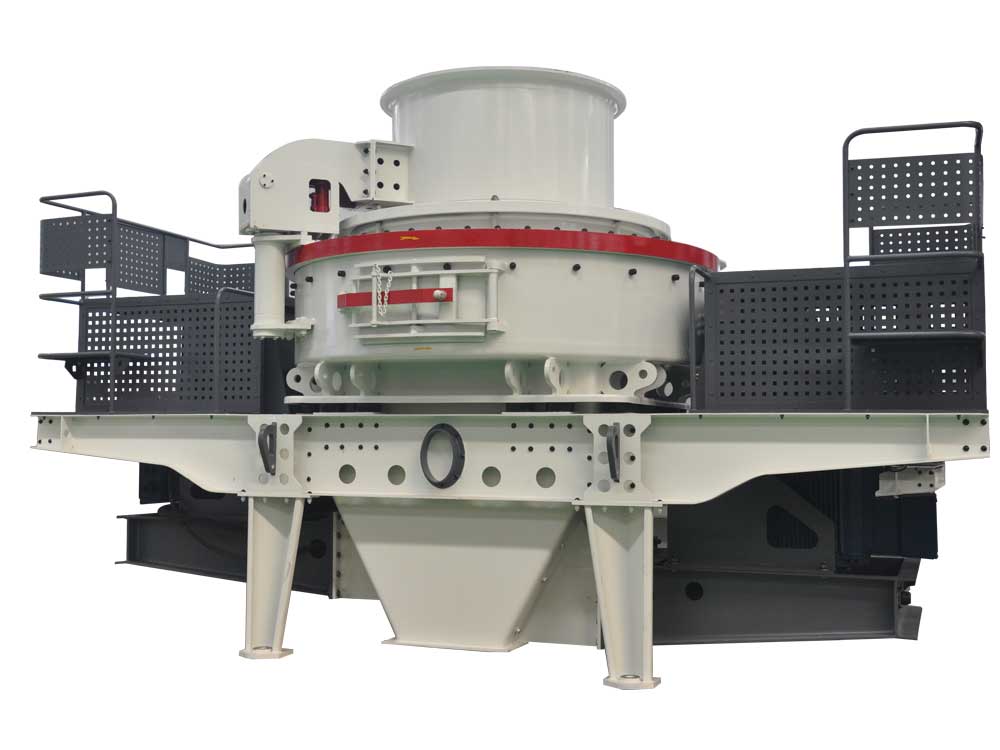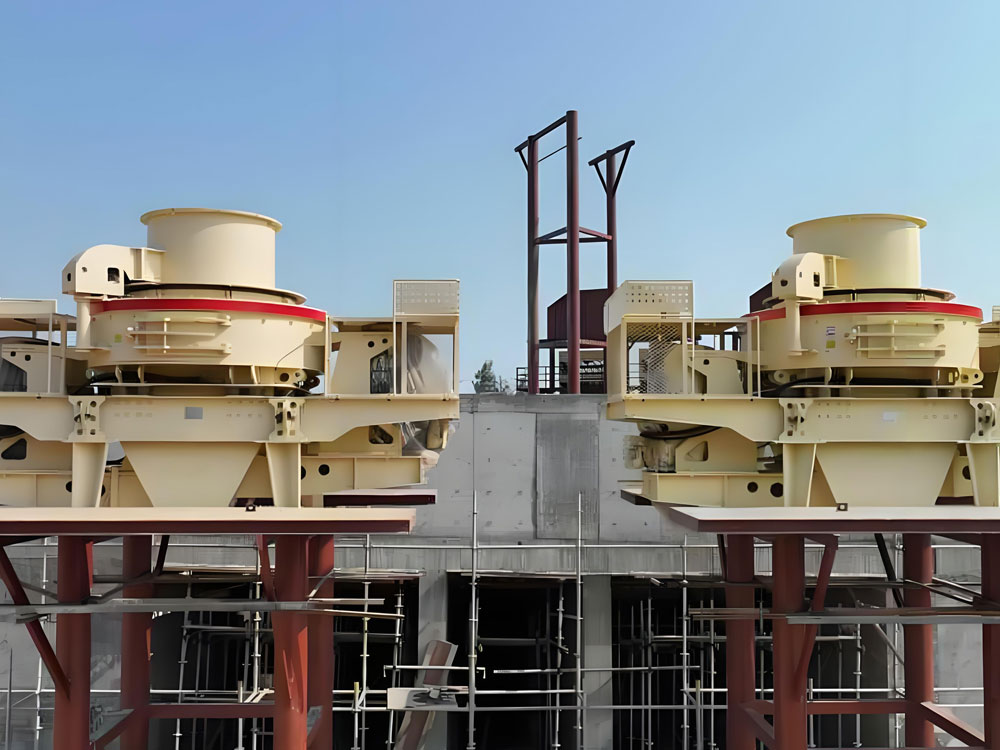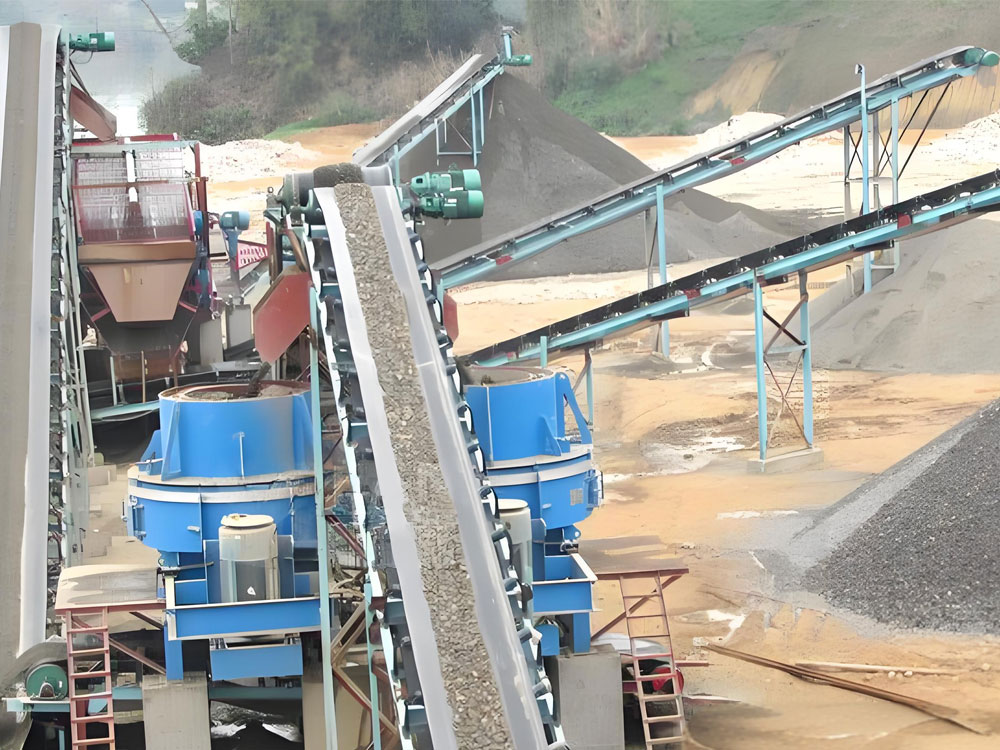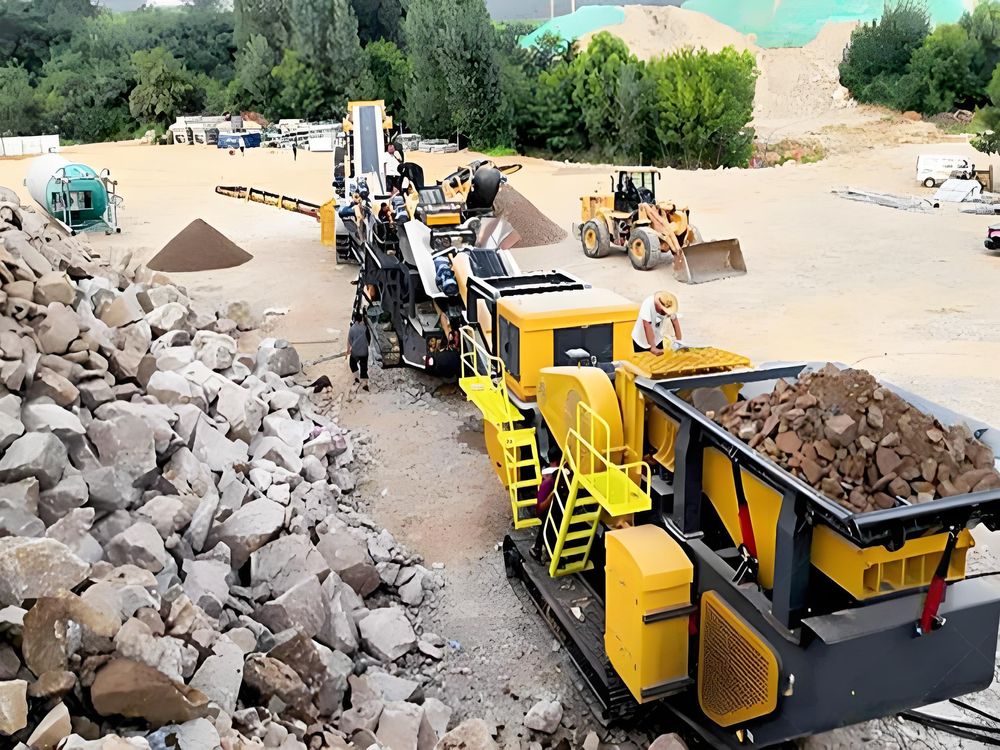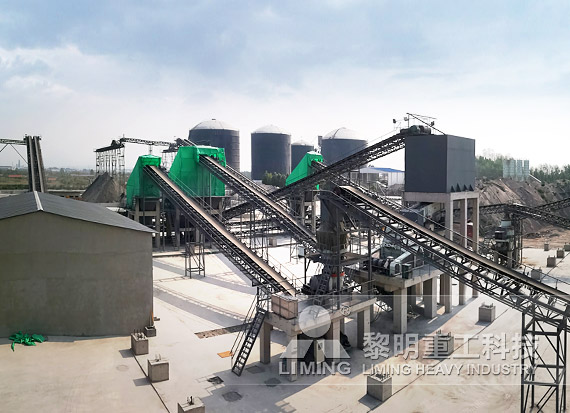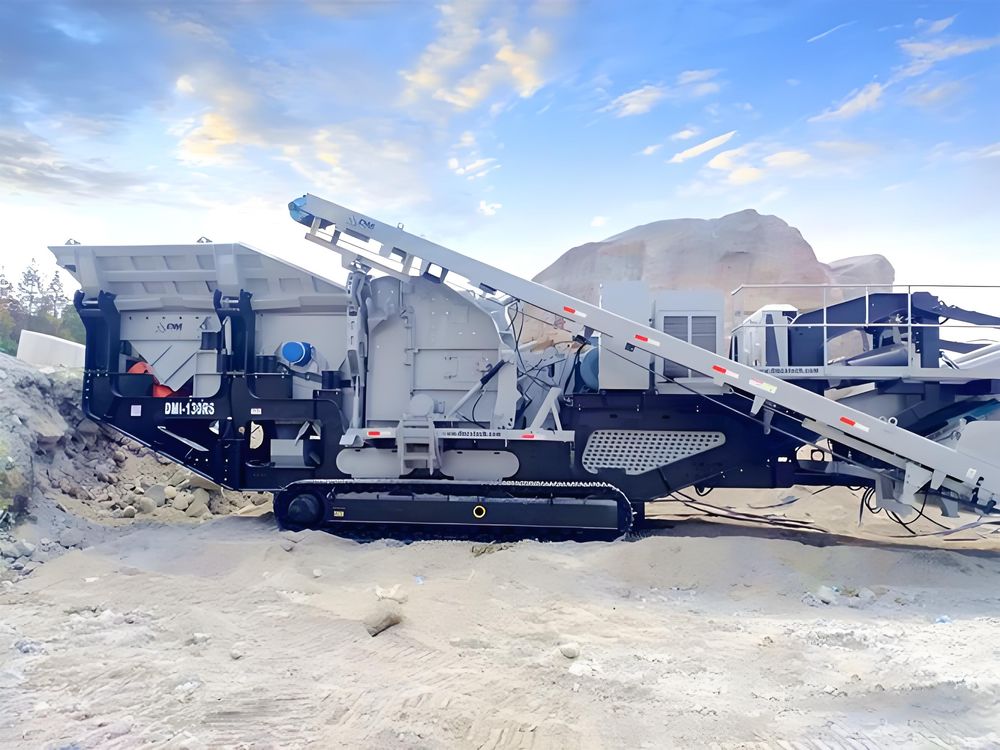Introduction to Tailings Sand Making Process and Equipment Used
The tailings sand making process and equipment used have emerged as a revolutionary solution for sustainable mining and construction practices. Tailings, the byproducts of mineral extraction, often pose environmental challenges due to improper disposal. By converting these waste materials into usable sand, industries reduce waste, conserve natural resources, and support circular economies. This article explores the working principles, applications, and technical specifications of tailings sand production systems, emphasizing their role in modern industrial processes.
How the Tailings Sand Making Process and Equipment Used Operates
1. Raw Material Preparation
The tailings sand making process begins with the collection and classification of mining tailings. These materials are screened to remove oversized particles and impurities. Advanced magnetic separators or washing systems may be employed to ensure the quality of the input material.
2. Crushing and Grinding
Tailings are fed into crushers (e.g., jaw crushers or cone crushers) to achieve uniform particle sizes. For finer sand production, vertical shaft impact (VSI) crushers are commonly used in the tailings sand equipment lineup. These machines utilize high-speed rotors to break down materials through impact and friction.
3. Screening and Grading
Post-crushing, vibrating screens segregate particles into specific size ranges. Adjustable screen meshes ensure compliance with industry standards for construction-grade sand.
4. Washing and Dewatering
To eliminate residual contaminants, sand washing machines rinse the processed tailings. Hydrocyclones and dewatering screens then remove excess moisture, producing dry, ready-to-use sand.
5. Automation and Quality Control
Modern tailings sand production systems integrate IoT-enabled sensors and PLCs to monitor parameters like particle size, moisture content, and throughput. This ensures consistent product quality while minimizing human intervention.
Key Applications of Tailings Sand Making Process and Equipment Used
1. Construction Industry
The tailings sand making equipment produces high-quality sand for concrete, asphalt, and mortar. This reduces reliance on natural river sand, addressing scarcity issues and lowering project costs.
2. Infrastructure Development
Processed tailings sand is ideal for road bases, embankments, and land reclamation projects. Its uniform gradation enhances structural stability.
3. Mining and Environmental Remediation
By repurposing tailings, mining companies mitigate landfill usage and comply with stricter environmental regulations. The tailings sand making process also aids in rehabilitating mined landscapes.
4. Industrial Manufacturing
Tailings-derived sand serves as raw material for ceramics, glass, and refractory products, showcasing the versatility of these systems.
Technical Specifications of Tailings Sand Production Equipment
1. Vertical Shaft Impact (VSI) Crusher
- Capacity: 50–500 t/h
- Power: 90–400 kW
- Max Feed Size: 50 mm
- Output Size: 0–5 mm (adjustable)
2. Vibrating Screen
- Screen Layers: 1–4
- Mesh Size: 0.1–30 mm
- Processing Capacity: 10–300 t/h
3. Sand Washer
- Water Consumption: 20–150 m³/h
- Output Moisture: <10%
- Capacity: 30–200 t/h
4. Dewatering Screen
- Screen Area: 4–15 m²
- Motor Power: 5.5–22 kW
- Moisture Reduction: Up to 85%
5. Automation System
- PLC Interface: Touchscreen control
- Data Monitoring: Real-time particle analysis, temperature, and vibration sensors
Advantages of Adopting Tailings Sand Making Process and Equipment
1. Environmental Sustainability
By repurposing mining waste, the tailings sand making process reduces ecological footprints and supports ESG (Environmental, Social, and Governance) goals.
2. Cost Efficiency
Lower raw material procurement and waste disposal costs enhance profitability for mining and construction firms.
3. High-Quality Output
Advanced grading and washing technologies ensure the sand meets ASTM, ISO, and local construction standards.
4. Scalability
Modular designs allow tailings sand equipment to be customized for small-scale operations or large industrial plants.
Future Trends in Tailings Sand Production Technology
1. Energy-Efficient Designs
Manufacturers are developing low-power crushers and solar-powered dewatering systems to further reduce operational costs.
2. AI-Driven Optimization
Machine learning algorithms are being integrated into tailings sand making equipment to predict maintenance needs and optimize particle size distribution.
3. Circular Economy Integration
Collaborations between mining and construction sectors will drive closed-loop systems, where tailings sand is continuously recycled across industries.
The tailings sand making process and equipment used represent a paradigm shift in waste management and resource utilization. By transforming tailings into valuable sand, these systems address environmental concerns while delivering economic benefits. With advancements in automation and sustainability, tailings sand production is poised to become a cornerstone of modern industrial practices.
Investing in this technology not only aligns with global sustainability agendas but also unlocks new revenue streams for forward-thinking enterprises. As demand for eco-friendly construction materials grows, the tailings sand equipment market is set to expand, solidifying its role in shaping a greener future.


